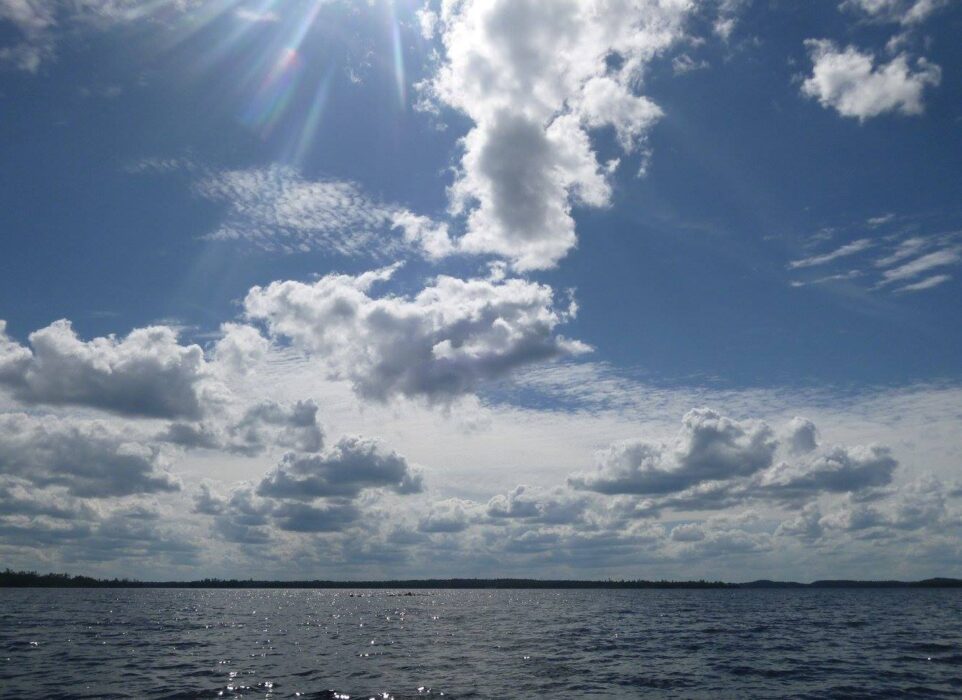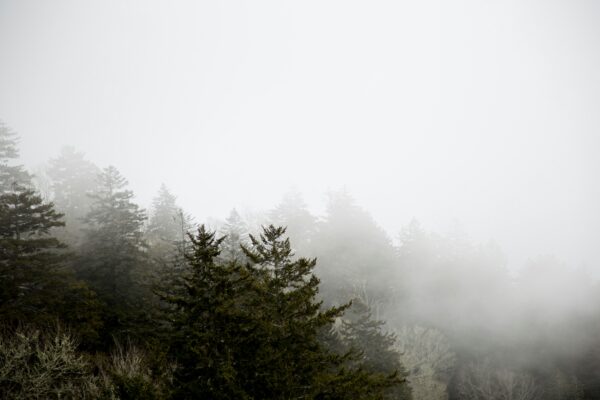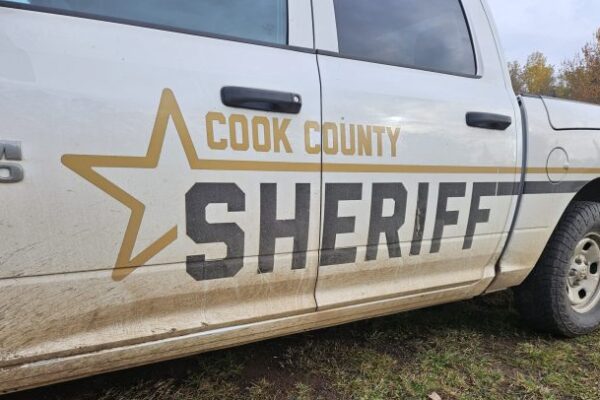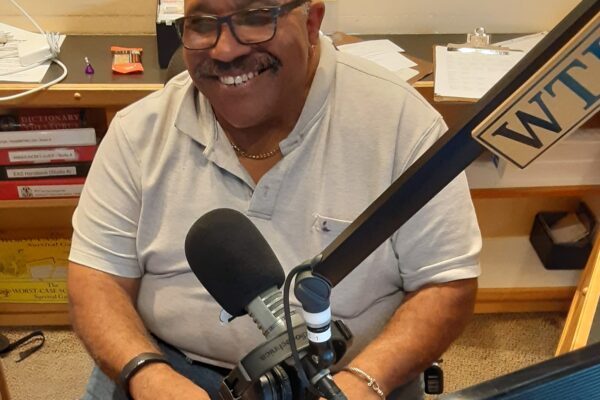Northland Climate Resilience Collective unites area organizations and governments to picture a more sustainable future
A new organization in northeast Minnesota has formed to help the area weather climate change. The Northland Climate Resilience Collective is a partnership between 16 organizations, governments, and agencies working together to plan for the future.
Deanna Geelhoed is a climate resilience planner working with the collaborative. She told WTIP that the group is made up of county and tribal governments within the Lake Superior and St. Louis River watershed, plus several state agencies. The founding of the organization was made possible by a four-year grant from the National Oceanic and Atmospheric Administration (NOAA).
Members of the collaborative’s leadership team include: 1854 Treaty Authority, Arrowhead Regional Development Commission, Boise Forte Band of Chippewa, Carlton County, the City of Duluth, Minnesota Department of Natural Resources (MN DNR) Lake Superior Coastal Program, Cook County, Fond du Lac Band of Lake Superior Chippewa, Grand Portage Band of Lake Superior Chippewa, Lake County, University of Minnesota Climate Adaptation Partnership, Minnesota Department of Transportation, Minnesota Sea Grant, Minnesota Pollution Control Agency, St. Louis County, and the Carlton County Soil and Water Conservation District.
These groups are coming together, Geelhoed said, “to address climate change or climate challenges together, guided by sharing knowledge, community partnership, and working together for this long term approach of climate resilience, rooted in our local strength, thinking about a future where all beings can thrive in our region.”
The collaborative is one of 19 similar organizations and projects across the nation specifically addressing coastal resilience.
Julie McDonnell of the MN DNR Lake Superior Coastal Program, told WTIP that the goal of uniting all of these entities goes beyond simply thinking about surviving a weather event or changes to the area’s climate. “Not only do we want to be able to withstand the potential impacts that are coming our way,” McDonnell said, “we want to be able to not only withstand it and bounce back, but we want to be able to thrive even with the changes happening.”
Geelhoed said that with a large leadership team comprised of organizations with a diverse set of priorities, the goal is not necessarily to have complete consensus. Instead, she said, the emphasis is on fostering communication. “We all want to build better collaboration,” she said. “Sometimes it can be hard to cross those political boundaries of counties and states and that sort of thing, so this collaborative is sort of trying to break those silos a bit and give people capacity and time to intentionally work together, share strategies.”
Bringing together different perspectives is valuable in this work, according to Geelhoed. She specifically mentioned the history of collaboration in long-range planning that the tribal governments have brought to the group. “A lot of the planning that tribes are doing is thinking several generations ahead, and it’s sort of a lens on all their work. And I feel like we’re playing catch up a bit in terms of regional planning, to be thinking really far into the future about how to make our communities and environment safe for all to thrive.”
The grant behind the collaborative is specifically a planning grant, so at this point, the group will not be taking on infrastructure or services. However, Geelhoed said that after this initial organizing time with the leadership team, they do plan to facilitate community engagement and educational opportunities for the public.
During this first year of the organization, McDonnell said, “We’re just kind of really getting going and hoping to learn from one another and build trust and find ways to work together, to be stronger together.”
More information about the collaborative can be found on their website.
WTIP’s Kirsten Wisniewski spoke with Deanna Geelhoed and Julie McDonnell about the Northland Climate Resilience Collective. Audio of that interview can be found below.














